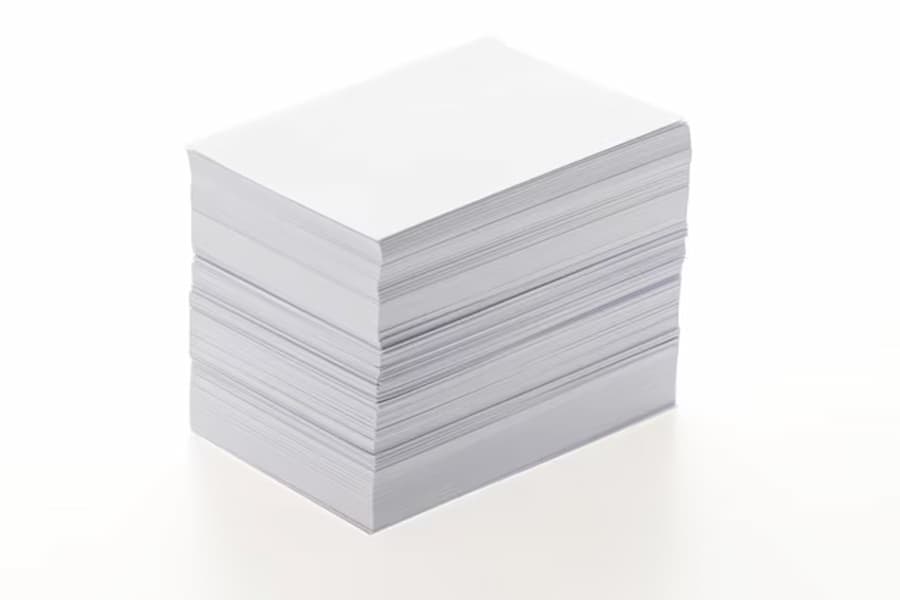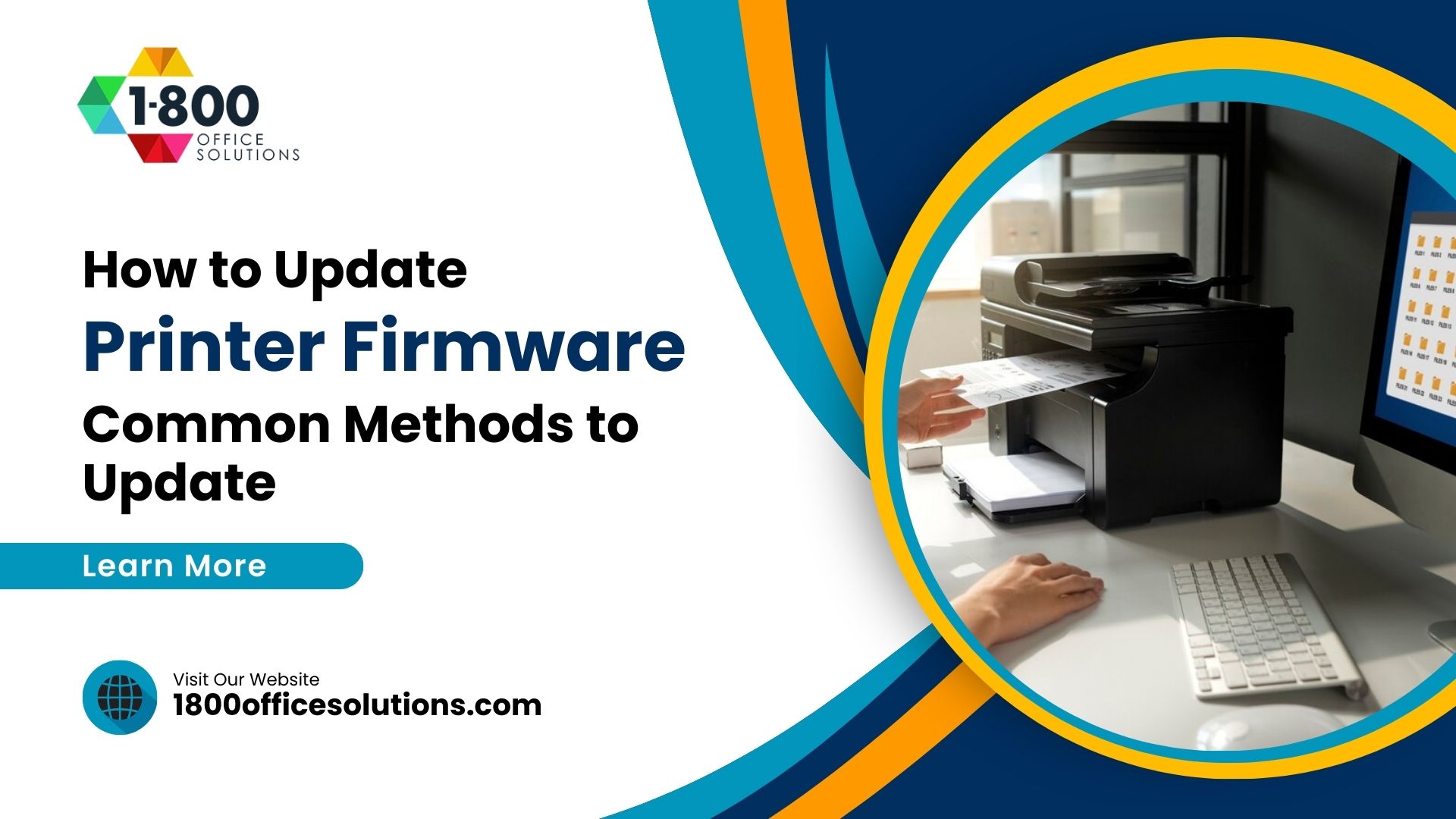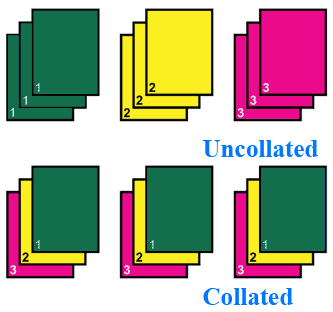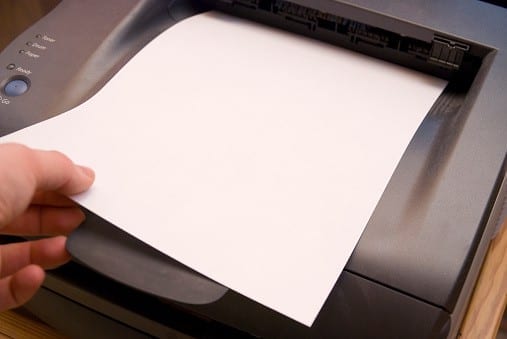How Different Weights of Printer Paper Impact Your Printer and Project
Different Weights of Printer Paper
The world of print media is a beautifully intricate weave of details and decisions, with one of the most critical elements often overlooked: the choice of paper weight. This seemingly inconsequential detail holds the power to transform the ordinary into the extraordinary, subtly influencing the overall impression of the final product. Different Weights of Printer Paper can have a profound impact on the quality of your project, affecting not only the feel and aesthetics of the print, but also its durability and practicality.
Consider a high-value project such as an invitation card. Opting for a heavier paper weight can convey a sense of luxury and professionalism, with the tactile pleasure of thick, high-quality paper leaving a lasting impression on the recipient. Conversely, projects destined for mass mailing may benefit from a lighter weight, reducing costs without sacrificing quality.
Furthermore, the weight of the paper chosen can also affect the performance of the printer, with some weights potentially causing jamming or other issues. Thus, the weight of the printer paper is not merely a matter of preference, but a complex interplay of practicality, aesthetics, and printer compatibility.
How Is Paper Weighed?
Delving deeper into the world of paper and its myriad of weights and thicknesses, the discussion moves onto the fascinating aspect of how paper is weighed. Focusing on this provides a comprehensive paper weight guide, enabling a better understanding of paper weights and the benefits of using a specific type of paper for a given task.
The weight of paper, often described in pounds (lb) or grams per square meter (gsm), has significant implications for different paper uses. For instance, a text paper, suitable for everyday printing, usually weighs less than cover paper, which is typically used for brochures or catalog covers. The basis weight of paper refers to the weight of 500 sheets of the standard size uncut paper in a ream. This standard size varies by the kind of paper, with bond paper, text paper, and cover paper each having different standard sizes.
A sheet of paper cut from a larger sheet will have the same basis weight, despite the change in size. Hence, a paper sample of the same basis weight may feel thicker or thinner depending on the sheet size. Commercial printing operations often require a specific paper type and weight for a particular print job, such as letterhead print jobs or catalog production.
The thickness of the paper, measured in points, provides a more precise measurement. A thicker cardstock has a higher point value and is consequently more rigid, making it suitable for business cards or postcards. The metric weight refers to the weight per square meter of a single sheet, giving a uniform standard across different kinds of paper. Gsm, or grams per square meter, is commonly used in countries that have adopted the metric system.
Media Types to Know
Easing from the intricacies of paper weighing, let’s delve into the captivating world of media types. With a plethora of paper options at one’s disposal, choosing the right paper can be a daunting task. A comprehensive understanding of paper weights and thicknesses helps in making the apt selection.
The world of paper is teeming with diversity. Paper comes in a variety of weights, textures, and finishes. Each type is crafted to serve a unique purpose. Right from the 16-pound bond paper, which is often used for writing, to the much thicker 100-pound cover weight, the spectrum is vast. The differentiation lies not just in the weight but also in the thickness of a paper, its texture, and the type of print it is best suited for.
Take bond paper, for instance, the staple of every office. It’s the standard weight, used in copiers and inkjet printers. This paper is slightly thicker than the medium weight text paper. Text weight, on the other hand, is used in commercial printing operations, adding a touch of sophistication to stationery and letterheads.
The 36-pound bond paper is usually thicker and sturdier, perfect for a professional printing project that requires a heavy paper. The variety extends to tag paper, index paper, and other specialized types. Index paper, for example, is stiff and used for index cards.
The paper weight chart is a handy tool in understanding paper weights, as it reflects the actual weight of one sheet of paper that measures 1 x 1 meter square.
Common Text Paper Weights
Moving away from media types and delving into the world of text paper, imagine holding a leaflet or brochure, feeling the slight roughness of the surface and the stiffness of the material. The physicality of text paper is dictated by its weight, a term that refers to its density and thickness.
When referring to different paper weights, one might think of 50-pound text. This weight paper is used for most common office documents, being about as thick as standard office paper. It’s the most lightweight, suitable for simple, everyday tasks.
Moving up the scale, the 70-pound text finds its place in comic books and catalogs, providing a slightly thicker and sturdier feel while maintaining flexibility. On the other hand, an 80 lb weight is commonly found in magazines and larger textbooks, striking the balance between durability and lightness.
Exploring further, the 100 lb paper stock is a heavier option, often found gracing the covers of comic books, children’s books, and coffee table books. Its paper thickness is notable, yet it’s light enough to be saddle-stitched and robust enough to serve as a cover page in some formats.
The weight of paper also influences its stiffness, with heavier weights resulting in stiffer paper. The weight is determined by the density of the material used, along with the size sheet it was cut from. Therefore, paper size and weight often go hand in hand. For instance, 100 to 200 pounds of paper offer a sturdy, thick feel, perfect for high-end publications or art projects.
Cover Paper Weights
Transitioning from the world of text papers, one enters the realm of cover papers. This is where the durability and resilience of paper truly unveils itself. The best paper weight for durability and stoutness generally falls within the cover paper category. The thickness can vary within this category, but the range usually spans from 100 to 200 pounds. This degree of density allows for a stiff paper quality, ideal for more robust use.
Cover paper is commonly denoted in terms of point sizes. For instance, a 10-point cover is one of the lightest cover stocks available, typically weighing in at 100 pounds. This weight gives just the right amount of sturdiness for catalog covers or small perfect-bound booklets, where the balance between durability and ease-of-use is crucial.
On the other hand, a 12-point cover, or 110 pounds, makes paper a bit more robust. This paper is commonly used for paperbacks and graphic novels, both of which require a degree of durability to withstand frequent handling.
For projects that will face plenty of wear and tear, or require a noticeably hefty cover, a 16-point cover, or 130 pounds, is usually the preferred choice. This weight class, with its varying weights, is ideal for trade paperbacks, large perfect-bound products, and other such items that need to last.
As one moves up the weight scale, the thicker the paper becomes. A weight of 130 pounds or 16-point cover is considered quite thick, sometimes even reaching a weight of 36 pounds.
Card Stock Weights
Shifting gears from the realm of cover paper, one’s attention is naturally drawn to the fascinating world of Card Stock Weights. This captivating topic is often the key to unlock the perfect balance of form and function when seeking to find the right paper for a project.
Consider the 65-pound card stock, the lightest of its kind, offering a feather-like touch, ideal for unassuming business cards, cheerful postcards, heartwarming greeting cards, and eye-catching posters. Move up a notch to 80-pound card stock and discover a sturdier and more robust option, perfect for business cards that leave a lasting impression, postcards that stand out, folders that endure, invitations that enthrall, and greeting cards that leave a mark.
Venture further into the realm of writing paper, and encounter the majestic Bristol Paper. Hailing from Bristol, England, this paper carries the legacy of a time when paper was crafted from rags. This paper is thick, heavy and luxurious, considered the epitome of opulence for wedding invitations. It graces the world in two distinct weights – a commendable 67 pounds and a formidable 120 pounds.
Conversely, Index Paper, known for its utilitarian appeal, is used widely for index cards and postcards. This paper, though stiff, is an affordable alternative, available in a practical 90 pounds, a sturdy 110 pounds, and a resilient 140 pounds.
Finally, the resilient Tag Paper is the hero of the signage world, crafting durable signs and heavy-duty posters. This robust paper can range anywhere from a substantial 100 pounds to an impressive 200 pounds.
Conclusion
In the world of print, the substance used for transcribing or printing plays a crucial role in determining the end product’s quality and feel. The spectrum ranges from light, delicate materials to robust, rigid ones. Each has its unique impact on the equipment used for the process, as well as the final output.
Evaluating the multitude of options can appear daunting. Yet, with a thorough comprehension of how these variants are measured and the implications of their use, one can make informed decisions for any print endeavor. This knowledge also aids in maintaining the longevity of the printing apparatus.












